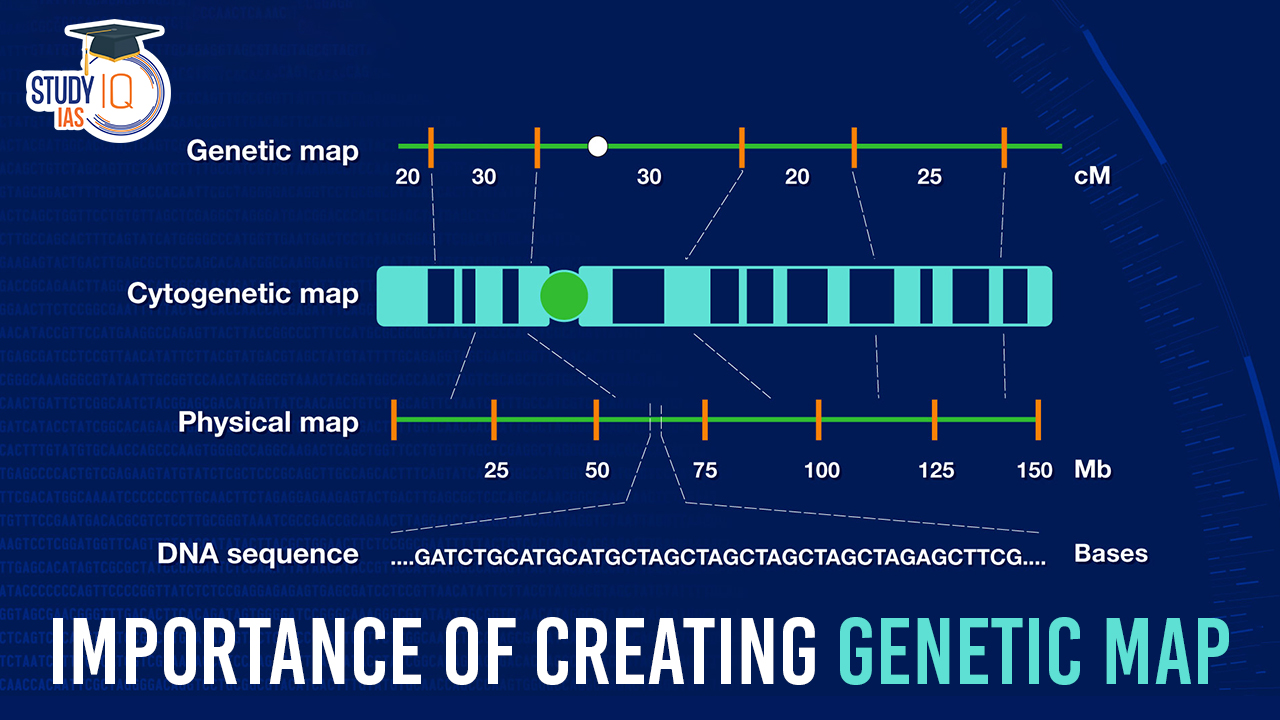Table of Contents
Context: The Genome India project aims to catalogue genetic variations within the Indian population.
What is the Genome India Project?
- Approved in 2020, this project aims to create a comprehensive catalogue of genetic variations present in the Indian population.
- This “map” helps understand our evolutionary history, identify genetic bases for diseases, and develop future therapies.
- Existing international data is insufficient as Indian genomes likely differ from others due to factors like:
- Large population size (1.4 billion) with diverse groups (over 4,600).
- Prevalence of endogamy (marriage within communities) leading to distinct genetic makeup within groups.
What is a genome and how is it sequenced?
- The human genome is our genetic instruction manual, containing information for our physical form and health.
- It consists of 3 billion base pairs (A, C, G, and T) that determine our traits and disease risks.
- Sequencing involves:
- Extracting genetic information from blood.
- Cutting the DNA into smaller pieces and tagging them.
- Using a sequencer to read the codes of these pieces and assemble the complete sequence.
How does studying the Indian genome help?
- Identify genetic bases for diseases:
- Example: MYBPC3 mutation, causing young-age cardiac arrest, found in 4.5% of Indians but rare globally.
- Example: LAMB3 mutation, causing a lethal skin condition, found in nearly 4% near Madurai (absent in global databases).
- Develop targeted treatments, especially for rare genetic diseases:
- Example: Under-development mRNA vaccine for pancreatic cancer based on a mutation found in some patients.
- Identify resistance-indicating variants:
- Example: A Vaishya community lacking the gene to process common anaesthetics, making them potentially fatal for them.


 SHANTI Bill 2025: India Opens Nuclear Se...
SHANTI Bill 2025: India Opens Nuclear Se...
 Revamp of MGNREGA Scheme 2025
Revamp of MGNREGA Scheme 2025
 National Energy Conservation Awards 2025
National Energy Conservation Awards 2025

























